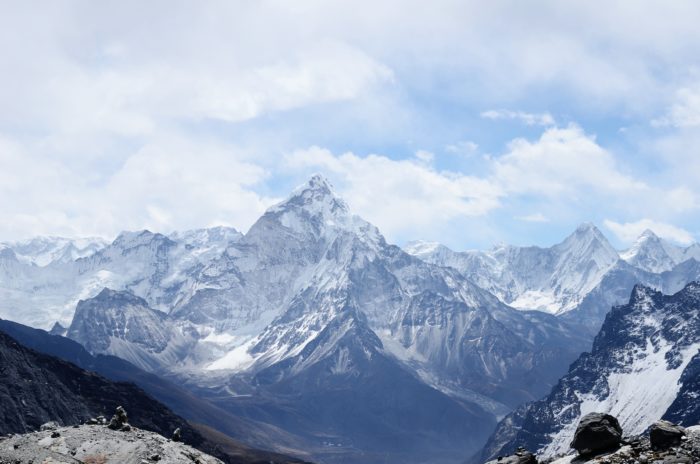
Ever wondered what determines the height of a mountain? It has been long thought that climate and erosion play a large part in the height of mountains with tectonic movement. A new study published by Nature, from researchers with the GFZ German Research Centre for Geoscience and the University of Münster presents new ideas. The new theory suggests actual mountain height can be determined by tectonic activity without the influence of erosion or climate.
The study looks into the effects of megathrusts between the tectonic plates and how this determines the heights of mountain ranges. A megathrust is defined as the shear force along convergent plate boundary faults. The primary drivers are the forces and tension behind the moving tectonic plates. The highest mountains in the world, for example, the Himalayas have risen along plate boundaries.
Their findings indicate mountain ranges’ height is primarily determined by the force equilibrium and the megathrusts shear force. When this happens the process presents as strong earthquakes, which after millions of years this builds the mountain rangers.
The research team concluded; their calculations matched actual mountain heights without the influence of climate and erosion. This highlights when mountains change in height it is likely to be from a change in forces between the plates, not the environment. As a bonus, it shows mountains maintain their height if there is rapid erosion if the tectonic forces are still active.